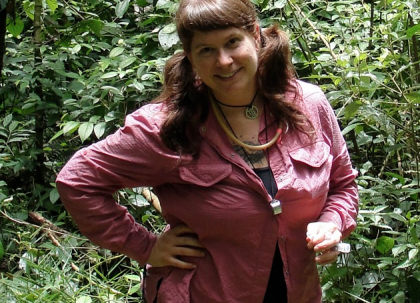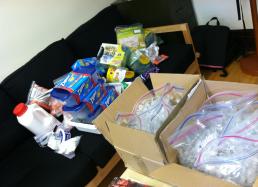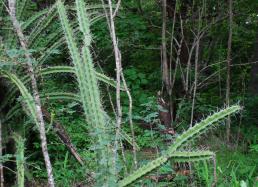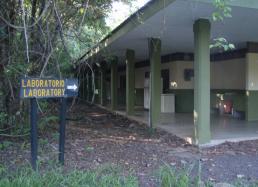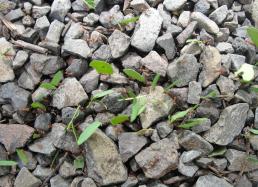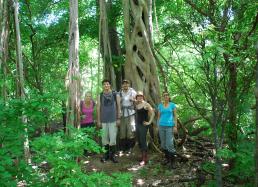Blog #1: Preparations
¡Hola, amigos! Tomorrow is the big day, when our team of six Field Museum scientists and scientists-in-training fly to Liberia, Costa Rica, to meet up with our other colleagues and begin the expedition. The last few weeks have been jam-packed with a million preparations, not the least of which include finalizing our permit details, corralling all our field gear, and packing up our computers, microscopes, collecting tools, and the giant stash of storage containers that we'll need to house our specimens (see Photo #1 below).
Our team will be spending two weeks in the field, surveying ants that live across an extraordinary range of habitats—from mountains, to beaches, to rainforests, to the unusual and highly endangered tropical dry forests (see Photo #2 below)—which can all be found in this small country. Our goal is to learn more about the feeding strategies of these ants and discover the role that their gut bacteria play in their biology and evolution.
One of the questions we're interested in tackling is the unusual ratio between ants and their food resources. In terms of biomass, we know that ants worldwide appear to be much more abundant than many of the things they eat. So how do they survive if they far outnumber their potential meals? It's likely that they have lots of help from the many microbes that live in their guts. One hypothesis is that these symbiotic bacteria help recycle waste nitrogen or fix atmospheric nitrogen to increase the uptake of essential nutrients for the ants.
In Costa Rica, we can sample the full spectrum of ant feeding strategies—from the herbivores to the predators and the generalists in between—and learn what bacteria they share, which bacteria are specific to each species, and how these bacteria supplement the limited diets of ants that are strict plant-eaters or insect-eaters. We also hope to discover whether these bacteria are acquired from the environment or passed down through the generations. And ultimately, we aim to understand how gut bacteria, heredity, and environment work together to influence the behavior and body types of different ant species, helping them to better harness food resources and continue adapting over time.
All of this information will not only help us trace the evolutionary family tree of ants, but it will also help us understand the web of life that links habitats to species, and how to best protect these fragile relationships. Plus, it's likely that the general evolutionary trends and patterns that we uncover may also be applicable to our human condition, especially as science has only recently begun to make strides in mapping out the role of beneficial bacteria in the human body.
But I'm getting a little ahead of myself. To answer all of these questions, first we need ants. And to get them, we'll spend the next two weeks living at the science station in Santa Rosa National Park (see Photo #3 below), where we'll head out to different destinations and habitats each day to collect the variety of ants we're looking for. As you follow along with us, you'll meet many fascinating species, from the predatory army ants to the fungus-eating leafcutter ants (see Photo #4 below), and you'll see what it's like to live in the field and conduct a scientific expedition.
In addition to Field Museum staff scientists and researchers like myself, you'll also meet several undergraduate and graduate students who are pursuing careers in science (see Photo #5 below.) One of the Moreau Ant Lab's biggest goals is to inspire, encourage, and train future scientists through both field and lab work, so to help meet this goal, I've asked my student team members to share their experiences with you by blogging about the expedition and capturing moments in their daily life through video journals.
So stay tuned for more fun from the field!
Corrie

